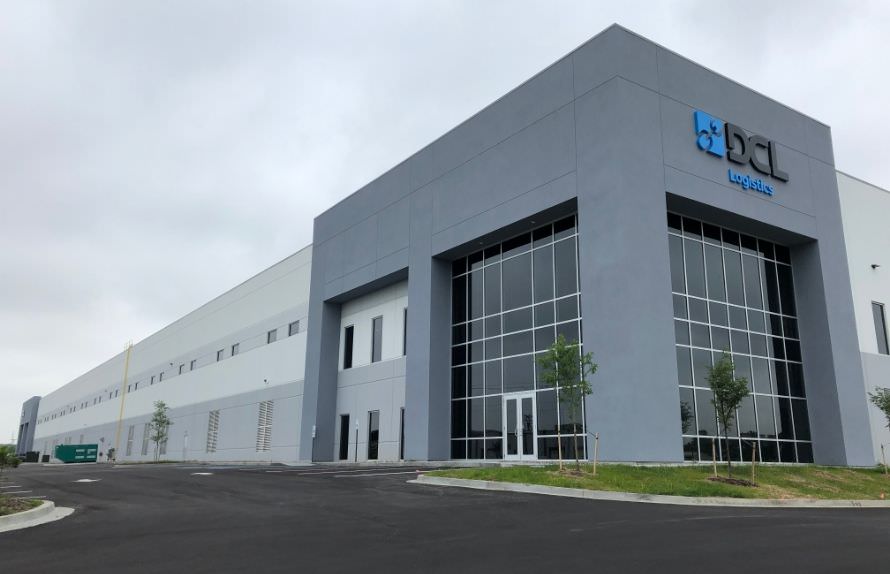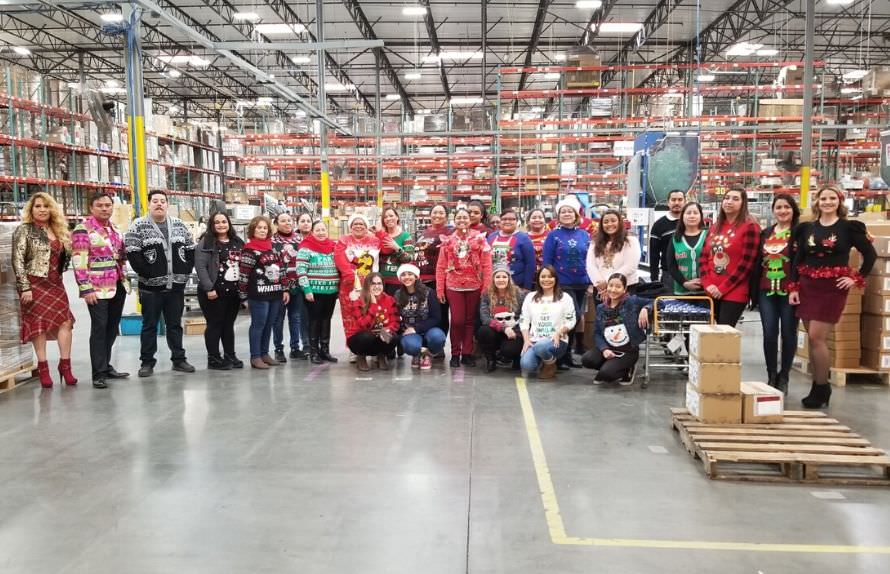
Direct-to-consumer (DTC) brands are maturing fast. The era of “growth at any cost” is giving way to more thoughtful strategies that prioritize efficiency, brand loyalty, and operational control. From how products are bundled to how fulfillment networks are structured, today’s most successful ecommerce brands are redefining what best-in-class looks like.
From the vantage point of a 3PL, these trends are clear. The strongest DTC operators share a few key habits: they make data-driven decisions, they test and adapt continuously, and they treat logistics as a strategic advantage rather than a cost center.
Here’s what we’ve seen top DTC brands doing right, and how fulfillment partners play a critical role in their success.
Bundling That Builds AOV and Brand Experience
Bundling has become a critical tool for DTC brands looking to increase average order value (AOV) and improve customer engagement. The most successful brands approach bundling strategically, combining data, experimentation, and fulfillment expertise.
Magic Spoon, for example, allows customers to create their own flavor boxes. This personalized approach increases AOV while also strengthening the brand experience. Other brands frequently tests different supplement bundles, offering limited-time combinations or high-value kits that appeal to specific customer segments.
From a logistics perspective, virtual bundling is the key enabler. Instead of pre-assembling bundles in advance, products are picked and packed in real time. This allows brands to test new bundle combinations without tying up inventory or creating storage inefficiencies.
A 3PL partner plays a crucial role in this process. Effective virtual bundling requires robust warehouse management systems that can track individual SKUs, dynamically assemble kits, and maintain inventory accuracy. By implementing pick-line optimization and quality control checkpoints, a 3PL ensures bundles are created efficiently and shipped correctly, even during high-volume periods.
When executed well, bundling drives higher AOV, supports customer choice, and provides measurable operational insights. Brands can test new ideas quickly, and fulfillment teams can scale without disruption, creating a cycle of continuous improvement.
Premium Packaging with a Practical Edge
The unboxing experience remains one of the most powerful touchpoints for DTC brands. Thoughtful packaging communicates brand values, creates a memorable experience, and can even influence repeat purchase behavior.
Beauty and wellness brands, in particular, are leading the way. Some utilize meticulously designs unboxing experiences, wrapping individual products and carefully placing items to create a sense of ceremony. Others deliver a simple but premium feel, using high-quality materials without excessive dunnage. Both approaches work because they align packaging strategy with brand positioning and price point.
From a fulfillment perspective, packaging choices have operational implications. Complex packaging can slow pick-and-pack workflows, increase shipping costs, and create errors if processes are not carefully managed. A 3PL can help brands strike the right balance by conducting workflow testing, optimizing carton sizes, reducing void fill, and adjusting material choices.
For example, during peak periods, fulfillment teams can streamline packing operations by pre-assembling certain inserts while leaving final customization for the pick line. This approach preserves the premium feel for customers while ensuring efficiency and accuracy. By aligning packaging strategy with operational realities, brands can maintain a differentiated experience without inflating costs or slowing fulfillment.
Smarter Shipping Strategies to Protect Margins
Shipping remains one of the largest operational expenses for DTC brands. Rising carrier surcharges and growing delivery expectations have made it imperative to balance cost and customer satisfaction.
Many brands have increased free shipping thresholds and promoted standard delivery over expedited options to protect margins. These seemingly small adjustments can have a large impact when scaled across thousands of orders.
Strategic fulfillment networks amplify these benefits. Multi-node distribution—storing inventory in multiple geographic regions—reduces shipping distances and costs while improving delivery speed. A brand with inventory in California and the Midwest, for example, can reach the majority of U.S. customers within two days while reducing last-mile expenses.
A 3PL partner with data-driven logistics capabilities can analyze order history, regional demand, and carrier performance to recommend the most cost-effective shipping strategy. The result is a model that meets customer expectations, maintains profitability, and scales seamlessly as order volume grows.

Using Data for Smarter Operations
Data is at the core of every high-performing DTC brand. Leading companies integrate marketing, product, and fulfillment data to make informed, strategic decisions.
Many brands use tools like TripleWhale, Northbeam, or Work Magic to track advertising ROI and customer acquisition costs. While marketing analytics are valuable on their own, the full power emerges when logistics data is integrated. Understanding shipping times, fulfillment bottlenecks, and regional delivery differences allows brands to optimize both operations and marketing campaigns.
For example, if data shows slower shipping in certain regions, brands can adjust ad targeting or inventory placement to prevent customer dissatisfaction. Tracking return rates alongside fulfillment performance can reveal issues with packaging or product handling before they become costly problems.
From the 3PL perspective, real-time visibility is critical. Dashboards showing inventory levels, pick-and-pack efficiency, and shipment accuracy allow brands to proactively manage stock, allocate labor, and anticipate potential disruptions. Integration with post-purchase automation systems also ensures accurate, timely customer communication—whether it is shipping updates, product education, or reorder prompts.
Data-driven operations transform logistics from a back-end process into a strategic advantage. Brands that leverage fulfillment insights alongside marketing and product data can make smarter decisions, respond faster to market changes, and deliver a reliable, high-quality customer experience.
SKU Discipline and Operational Focus
Many DTC brands have intentionally compressed their SKU portfolios to focus on best-sellers and high-margin products. Rising tariffs and increased production costs make SKU discipline not just strategic but necessary.
Simplifying SKUs improves operational efficiency. Warehouse staff can be trained faster, picking errors decrease, and storage layouts become easier to manage. It also allows brands to allocate capital more effectively, reducing holding costs and freeing cash for marketing or product innovation.
A flexible 3PL supports SKU compression by adjusting slotting, repurposing warehouse space, and providing insight into inventory velocity. This ensures lean operations while maintaining the ability to scale as new products are introduced.
Higher Inventory Turns and Leaner Fulfillment Models
Lean inventory management is increasingly common among high-performing DTC brands. Carrying less stock preserves cash flow, and more flexible manufacturer minimums allow for smaller, more frequent replenishments.
This model requires strong visibility and forecasting. A 3PL can provide dashboards that track inventory in real time, trigger alerts for replenishment, and adjust fulfillment workflows to meet demand without stockouts.
Higher inventory turns reduce storage costs, minimize obsolete inventory, and allow brands to respond quickly to promotions, seasonal spikes, or new product launches. Combining lean inventory with operational expertise enables growth without excessive capital risk.
Post-Purchase Automation and the New Customer Lifecycle
Top DTC brands view post-purchase communication as a core retention tool. Automation is used to deliver tailored content that enhances the customer experience, from shipping confirmations to product education and reorder reminders.
Accurate fulfillment data is essential for this to work; a strong 3PL ensures shipment updates, tracking information, and product availability integrate seamlessly with the brand’s CRM or marketing automation platform.
This approach reduces customer support inquiries, builds trust, and encourages repeat purchases, demonstrating the long-term value of logistics beyond the warehouse.
The Common Thread: Partnership and Agility
Across all these trends, the common denominator is collaboration. High-performing DTC brands treat their 3PL not just as a service provider but as a strategic partner.
From bundling and packaging to shipping, data integration, and post-purchase automation, logistics expertise is a key driver of growth. Brands that prioritize operational agility and data-driven decision-making are better equipped to scale, meet customer expectations, and adapt to market shifts.
A 3PL that invests in technology, process improvement, and customer collaboration becomes an extension of the brand, helping DTC companies deliver exceptional experiences while maintaining profitability.








